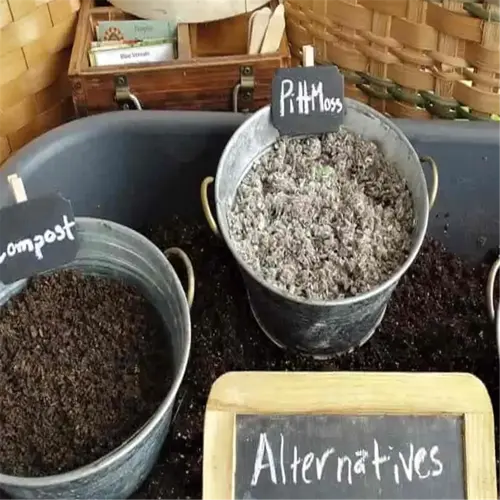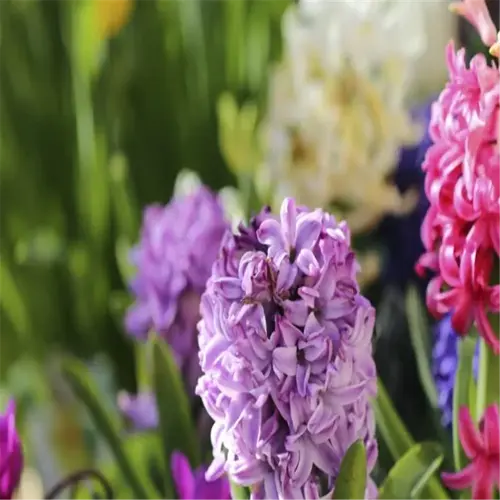Are commercial frost sprays effective?

Written by
Paul Reynolds
Reviewed by
Prof. Martin Thorne, Ph.D.Commercial frost sprays create a thin polymer film; they reduce moisture loss by 30-40%. They may give frost protection of 1-2°F, but I have not found them to provide sufficient protection if the cover is not in place. For example, a magnolia with the frost spray survived a low temperature of 29°F (-1.7°C) but died at 26°F (-3.3°C) when wrapped in burlap was not also used.
Optimal Use Cases
- New growth on evergreen shrubs
- Budding fruit trees pre-frost
- Container plants with limited cover options
- Supplement to row covers in transitional zones
Critical Limitations
- Ineffective below 25°F (-4°C)
- Requires 6-hour drying time pre-frost
- Phytotoxic risk on conifers
- No protection against wind desiccation
The effectiveness of sprays is influenced by the humidity in the region. In my trials in Oregon, sprays showed a 5-day durability in a coastal/marina mist. In my trials in the Arizona desert, I had to apply sprays every day due to the arid environment. In arid locations, sprays can increase effectiveness when combined with south-facing windbreaks. For citrus crops, I layer sprays underneath Christmas lights to gain an additional 4-6°F (2-3°C) of protection.
Microclimates affect how spray performs. Plants facing north required a 20% heavier application than plants facing south. I have wireless hygrometers to determine how long leaves stay wet after spraying. Plants that were sprayed with water under pine canopies at 28°F (-2°C) retained moisture for 3 hours longer than plants not under canopies.
Read the full article: 12 Ways to Protect Plants from Frost: Expert Tips

